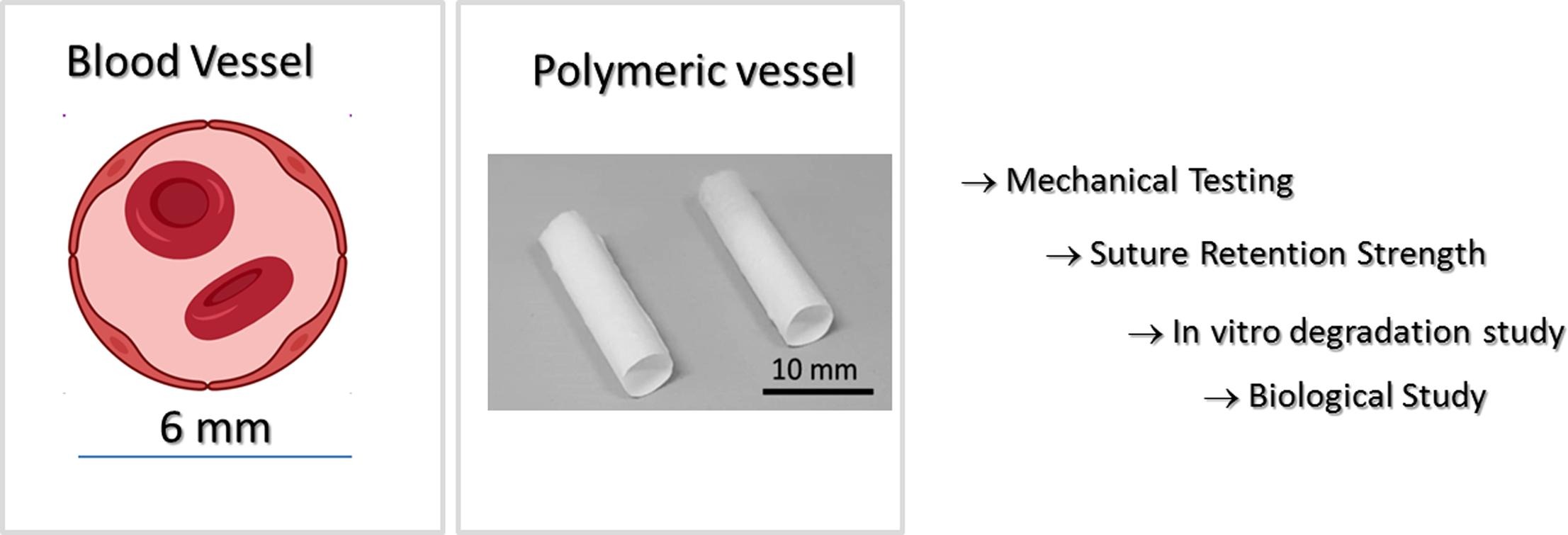Università degli Studi di Pavia - unipv.it
Electrospun tubular vascular grafts to replace damaged peripheral arteries: A preliminary formulation study
Polymeric tubular vascular grafts represent a likely alternative to autologous vascular grafts for treating peripheral artery occlusive disease. This preliminary research study applied cutting-edge electrospinning technique for manufacturing prototypes with diameter ≤ 6 mm and based on biocompatible and biodegradable polymers such as polylactide-polycaprolactone, polylactide-co-glycolide and polyhydroxyethylmethacrylate combined in different design approaches (layering and blending). Samples were characterized about fiber morphology, diameter, size distribution, porosity, fluid uptake capability, and mechanical properties. Biocompatibility and cell interaction were evaluated by in vitro test. Goal of this preliminary study was to discriminate among the prototypes and select which composition and design approach could better suit tissue regeneration purposes. Results showed that electrospinning technique is suitable to obtain grafts with a diameter < 6 mm and thickness between 140 ± 7–175 ± 4 μm. Scanning electron microscopy analysis showed fibers with suitable micrometric diameters and pore size between 5 and 35 μm. polyhydroxyethylmethacrylate provided high hydrophilicity (≃ 100◦) and optimal cell short term proliferation (cell viability ≃ 160%) in accordance with maximum fluid uptake ability (300–350%). Moreover, addition of polyhydroxyethylmethacrylate lowered suture retention strength at value < 1 N. Prototypes obtaining combining polylactide-co-glycolide and polylactide-coglycolide/ poly-hydroxyethylmethacrylate with polylactide-polycaprolactone in a bilayered structure showed optimal mechanical behavior resembling native bovine vessel.

